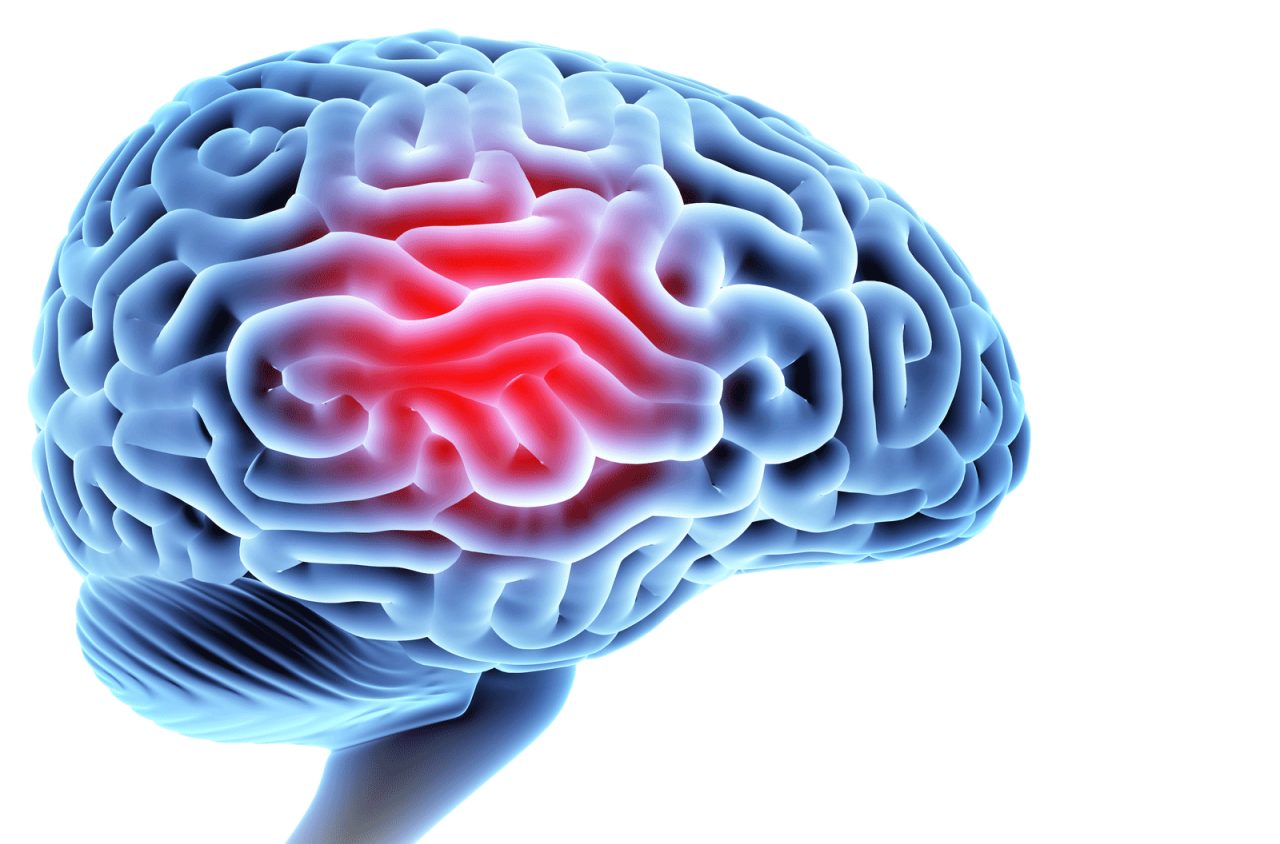What Is a Hemorrhagic Stroke?

What is a hemorrhagic stroke? A blood vessel bursts and leaks, interfering with brain function. Accounting for about only 13 percent of cases, it’s still extremely dangerous.
The most common stroke is called an ischemic stroke. A hemorrhagic stroke accounts for about only 13 percent of all cases.
What is a hemorrhagic stroke?
In a hemorrhagic stroke, a blood vessel bursts and leaks inside your brain. That’s a hemorrhage. The entire brain is in danger as pressure builds up within your skull.
The cause might be simply age. Other risk factors include:
- High blood pressure
- Heavy drinking
- Cocaine or amphetamine use
- Genetic vulnerability
- Bleeding disorders
- Head injury
- Blood thinning medication
There are two kinds of hemorrhagic stroke, both of which involve bleeding inside the brain.
YOU MIGHT ALSO LIKE: Stroke Warning Signs
Intracerebral hemorrhage
This type of stroke based on bleeding almost always happens when you are awake, with symptoms that build up over 30 to 90 minutes.
Symptoms may include:
- Suddenly feeling weak
- Feeling numb or paralyzed in part of your body
- Being unable to speak or control your eye movements
- Vomiting
- Trouble walking or breathing
- Falling into a stupor
A stroke might begin without any bleeding inside your brain, for example if you have a heart valve infection. Bacteria and inflammatory cells can float within your blood to a brain artery and spread from there, leading to a burst blood vessel.
In rare cases, you might have had a blood vessel with weak walls from birth that eventually bursts or leaks.
Many people with an intracerebral hemorrhage die quickly. A small group can have a nearly complete recovery, while others live with neurological damage.
Subarachnoid hemorrhage
In this kind of stroke, leakage from a damaged blood vessel leads to a buildup of blood between the brain and the skull. It mixes in with the cerebrospinal fluid that cushions the brain, triggering pressure and a headache. Brain arteries nearby may begin to spasm and damage tissue.
The tell-tale symptom is a severe, sudden headache. You might become dizzy or confused or lose consciousness. You might also have a stiff neck and be unable to look at a bright light.
The damaged blood vessel usually doesn’t create any symptoms before the stroke.
Talk to a doctor if you have a severe headache along with vomiting. In fact, any sudden severe headache is worth a conversation with a doctor. It’s possible for blood to leak more than once before you have a stroke, causing what’s called a sentinel headache.
Don’t ignore this symptom. Many people with subarachnoid hemorrhages do not survive long enough to reach a hospital; many others die within the first month.
Once you have a stroke, only an imaging test of your brain can establish the cause. For hemorrhagic strokes, a CT scan is fast and effective. If your doctor suspects a subarachnoid hemorrhage, you may get a spinal tap, taking a sample of the fluid through a needle in your back to check for blood.
Your doctors will check how well your blood clots and whether you have any infections.
How can you prevent a hemorrhagic stroke?
The most important step is to control your blood pressure. If you take a blood thinning drug, you need to understand how it interacts with other medications and foods. Treat high cholesterol, don’t drink too much alcohol, don’t smoke, and never use cocaine or amphetamines.
How are hemorrhagic strokes treated?
Emergency treatment for hemorrhagic stroke seeks to bring down the pressure in your brain, either through medicine or extra ventilation through a mechanical ventilator. You might even need a small hole drilled into your skull or surgery to remove a blood clot. You might need medicine to keep arteries near the bleeding site from going into spasms.
You may need to spend time in a rehabilitation center, working with therapists to learn how to build strength and work around disabilities.
For more information, see the National Institute of Neurological Disorders and Stroke or the National Stroke Association.
Updated:
March 27, 2023
Reviewed By:
Janet O'Dell, RN